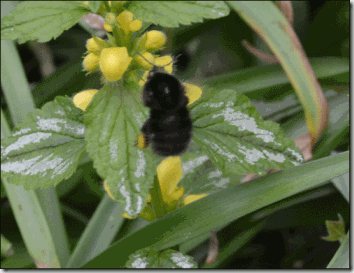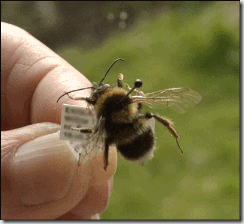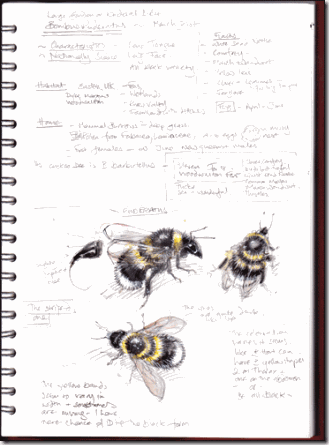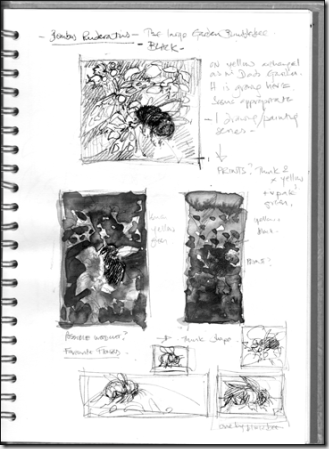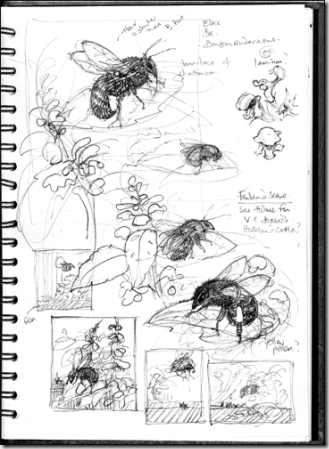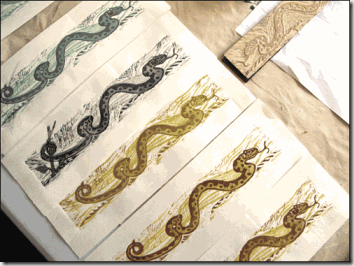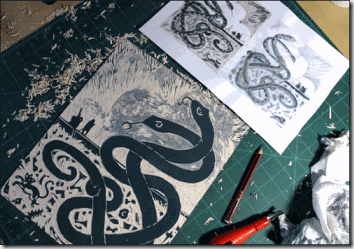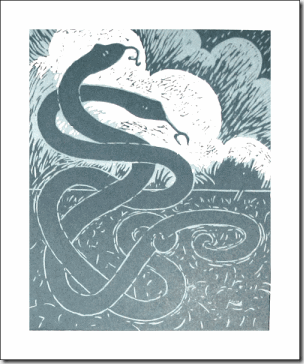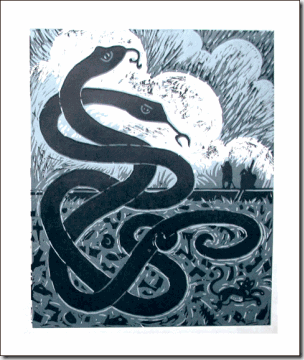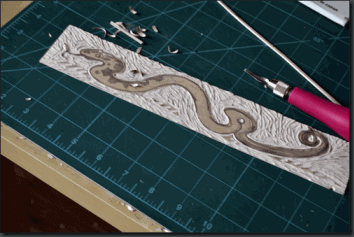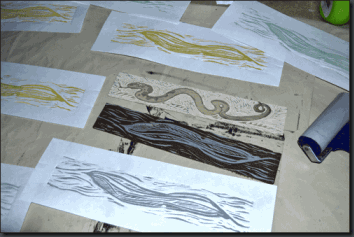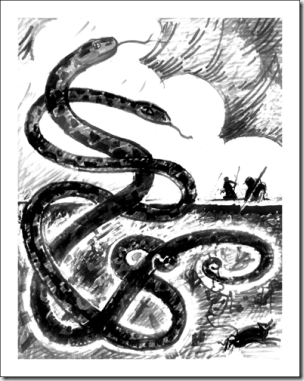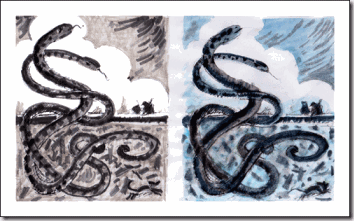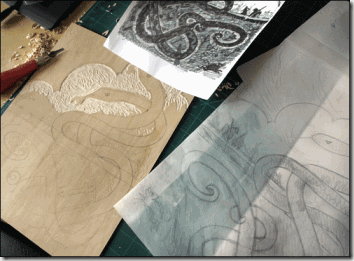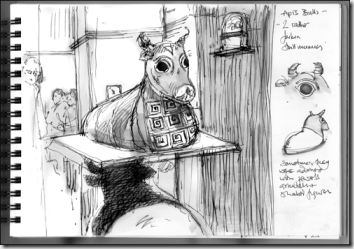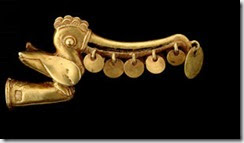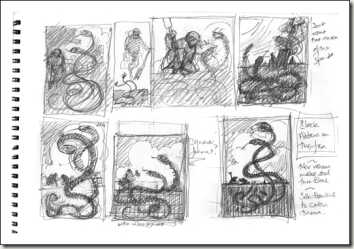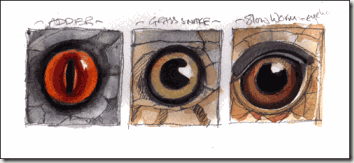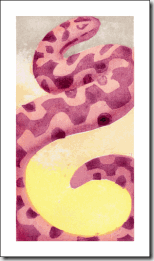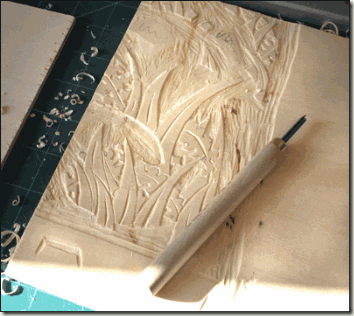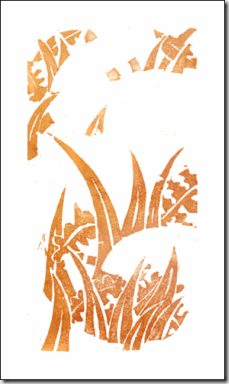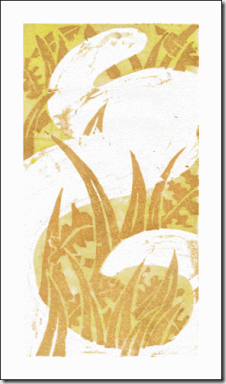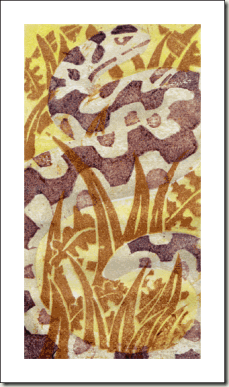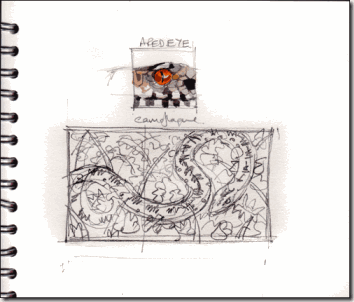My beast this week is a bee I have been wanting to paint for a long time. As part of this blog, Sue and I are exploring our local region, the Fenlands and low lands of the East Midlands of England. Its fauna and flora can be quite specific and this bee is found most commonly in our sort of area.
In 2013 the University of Reading and Friends of the Earth published a list of Iconic bees of the UK.Their aim as follows:
“A project to put together a list of local ‘Iconic Bees’ - one for each region (or in some cases county) of the UK.This will be a species which has a story to tell – be it negative or positive. Once completed it will be a useful tool for local campaigners as it will give the general public a bee species to support locally and could also go a long way to raising awareness of bee diversity in the UK.
My photo of the beautiful black Bombus ruderatus in my fathers garden in 2011
For our area and luckily for me it is the beautiful Bombus ruderatus. The Large Garden Bumble Bee. This is the description from the PDF issued by the Friends of the Earth where you can read about all the bees which have been allocated to each region.
“This is Britain’s largest bumblebee with a long face and extremely long tongue. It strongly resembles the more widespread Small Garden Bumblebee (Bombus hortorum) with a yellow band either end of its thorax, a single yellow band at the top of the abdomen (often broken or faint) and a white tail, however its hair is shorter and ‘neater’ and the yellow bands tend to be duller and more mustard in colour. Also, unlike the Small Garden Bumblebee, it has a completely black form.
B. ruderatus’ preferred habitat is flower-rich meadows of river valley systems,
fenlands and other wetlands. This is due to the presence in these areas of White
Dead-nettle, Comfrey, Marsh Woundwort and Yellow Iris on which it likes to forage.
It also has a strong liking for Clover and other leguminous plants and so is also
found on farmland that contains margins and ditches rich in these species”
It’s a difficult bee to identify unless you find the all black form which I saw a few years ago in my fathers garden. Luckily I had good enough photos to make a pretty confident ID and of course to work from, for a painting.
So sketches and ideas first from my model which is the banded form but will show me that long face.
This striped version of the bee varies tremendously in its colouration and the width of the bands and it is very like B hortorum. I will be drawing the all black version, officially called Bombus rudertus v.harrisellus
A4 sketchbook work and notes
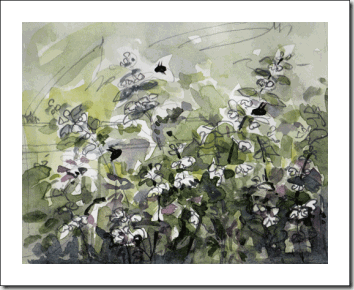
Thinking about seeing bees in the white dead nettles near Holme Fen on Sunday. It’s the perfect habitat for this bee.
A small colour sketch: watercolour 5 x 4 inches
